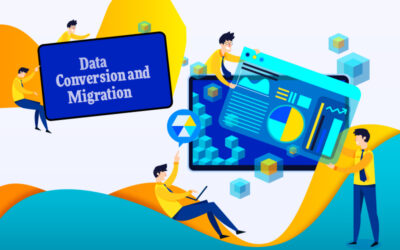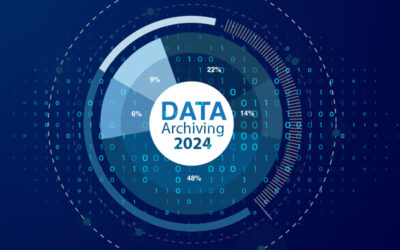 When exactly did we start accepting this digital life? With plenty and more of services that are digital, which had followed very traditional ways of serving a decade ago, it is quite tough to answer this question. Was it when we started using watches without needles but digits on it? The power of humans to invent, evolve and adapt to changes – good or bad – has made living and communicating easy for a large number of people – or should we say, almost all? Take eBooks, for example. The success rate of eBooks is so high that there are professional eBook conversion services offered by a number of companies.
When exactly did we start accepting this digital life? With plenty and more of services that are digital, which had followed very traditional ways of serving a decade ago, it is quite tough to answer this question. Was it when we started using watches without needles but digits on it? The power of humans to invent, evolve and adapt to changes – good or bad – has made living and communicating easy for a large number of people – or should we say, almost all? Take eBooks, for example. The success rate of eBooks is so high that there are professional eBook conversion services offered by a number of companies.
Imagine this. It’s 2020 and men are still communicating via traditional telephones and telegraphs. A person in Arizona wants to send a message to his friend in Michigan and the only way to do this is via a telegraph or telephone. The message is sure to reach his friend, only that it will take forever. If digitization hadn’t taken place, the telecommunications sector would still be using only Operation Support System / Business Support System (OSS/BSS or simply B/OSS) to serve its customers.
Digitizing the Traditional Communications Network
It is no surprise that many in the telecommunications sector find their services under threat. They have to be aware of the new technology wave and capitalize on these changes, curiously follow customer behaviour and try and use the data in hand to innovate and bring alternatives.
Take a look at some of the digital services customers can choose from:
- Over-the-Top services: Services delivered over IP networks, such as Hulu and Netflix for videos, and Skype for long-distance communications. With the invention of these, Communications Service Providers (CSPs) are evolving to make use of digital services to couple it with its traditional services.
- Internet of Things (IoT): This is where CSPs have an added advantage. With the information in their hand, they can easily expand over a wide array of sectors such as:
- Healthcare: Everything is going digital and so is the healthcare sector. With a multitude of medical data entry services and electronic medical reporting, it has become easier to monitor patients.
- Utilities: Energy and power generation and management, connected homes and businesses, and smart meter services.
- Automotive: Infotainment, self-driving and car-to-car communications for ease of drive and safety, toll collection and parking services.
- Targeted Marketing: As said earlier, the data CSPs have in their hand can be used to learn about customer behaviour, geography and usage patterns. Big data and analytics can be used to push marketing to the right customers and audience.
- Pipe Providers: Net neutrality is a threat to many. Some CSPs have redefined the way they serve their customers and project themselves as Pipe Providers.
B/OSS to Digital – the Challenges
- Adaptability: The first and foremost thing to have is a will to change. Everything they serve will become more customer-centric and real-time analysis will be made.
- Interoperability: The process demands changes in B/OSS architecture to collaborate with third parties such as Internet of Things and Over the Top (OTT).
- Intricate Network: New networking technologies such as network functions virtualization and software-defined networking (NFV/SDN) have to be embraced resulting in Complex Hybrid Network and this in turn calls for a change in B/OSS architecture.
- Control: Many services are made to go global, having no restriction in location or the platform they are being used. This calls for changes in regulations in CSPs and must be tuned accordingly.
- Security: In a couple of years, there will be billions of connected devices. In whichever sector one is in, an attack may happen anytime, any moment. If a security threat is not managed well, we are doomed. Use of firewall and mere antivirus won’t do the magic.
Approaching digitization is a huge step and the processes that follow are to be implemented over a long period of time. The traditional communications operations are under pressure as there are many Over-The-Top (OTT) service providers giving free services, globally. Also, with the non-telecommunications sector having successfully captured the digital era with numerous websites and applications such as Netflix, Skype, Uber and WhatsApp to name a few, there is no other way for Communications Service Providers (CSPs) but to turn digital and start serving customers digitally. The stacks of valuable information this sector owns can be used to innovate and sell digital services and improve a business’ bottom line.




